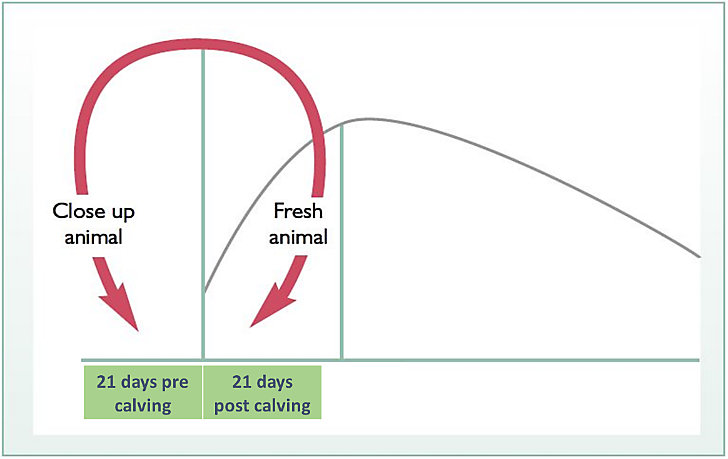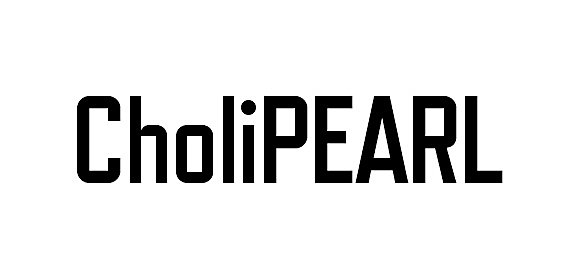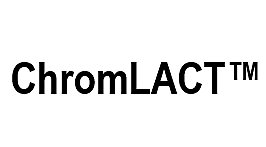You are viewing South Asia
- United States
- Canada
- Mexico
- South America
- EMENA
- Sub-Saharan Africa
- Russia
- South Asia
- Asia Pacific
- China
- Global
Choose Your Location:
- United States
- Canada
- Mexico
Popular Searches
- Animal Nutrition & Health
- Nutritional Efficiency
- Transition Management
Transition Management
To maximize profitability in dairy farming, it is important to understand the different stages in the life cycle of a bovine and provide special attention during the stages which have the highest influence on productivity and return on investment. The transition period is extremely important in determining future health, milk production, and reproductive success of the dairy cow. This period is from three weeks before calving to three weeks after calving as the cow transitions from the dry period to the milking herd.

Cows that fail to transition successfully into lactation are vulnerable to a host number of problems which occur just after the calving. The fundamental productive and reproductive disorders during the transition period are divided into three principle axes:
A) Disorders related to energy metabolism (Ketosis, Fatty liver, Acidosis and Displaced abomasum)
B) Disorders related to mineral metabolism (Milk fever, Hypomagnesemia, Lameness & Udder edema)
C) Problems related to the immune system (Mastitis, Metritis/Endometritis and Retention of fetal membrane)
Discovering answers to the issues confronted by the dairy agriculturists has been one of the thought process of Kemin scientists. Balancing pre-calving diet for cation and anion balance (DCAB) and optimizing liver’s health during transition phase can significantly reduce the metabolic disorders mentioned above.
In Kemin Transition Management Program, we have highlighted the tools to balance DCAB in pre calving diet and solution for optimizing liver’s health during transition period to maximize the farm efficency and profitability
Transition Management Solution
Contact Kemin Animal Nutrition & Health - India
- California Supply Chain Act
- Email Disclaimer
- GDPR Personal Data Addendum
- General Terms & Conditions for Vendors
- Global Environmental Policy Statement
- Indirect Cost Estimates
- Kemin Terms & Conditions
- Modern Slavery Act Transparency Statement
- Privacy Policy
- Sitemap
- Change Cookie Consent
- Animal Welfare Statement
© Kemin Industries, Inc. and its group of companies all rights reserved. ® ™ Trademarks of Kemin Industries, Inc., USA
Certain statements may not be applicable in all geographical regions. Product labeling and associated claims may differ based upon government requirements


